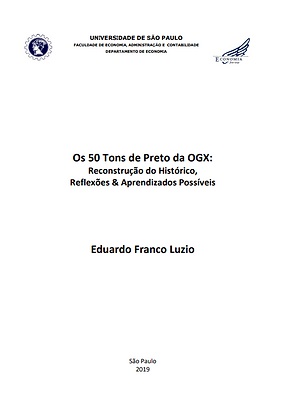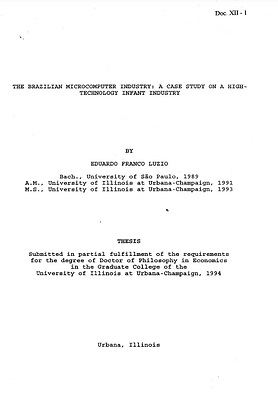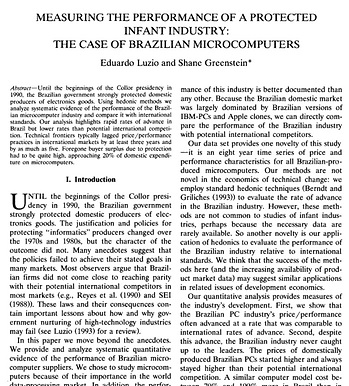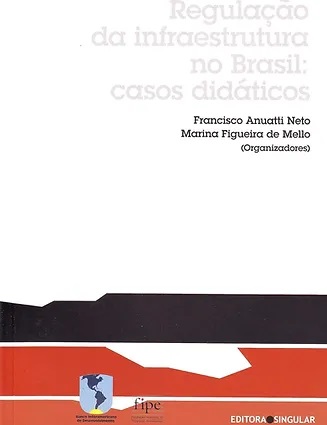
Mergers and Acquisitions in Action - SENAC - Sample Chapter
A practical book about M&A in Brazil. It is organized into two main parts: M&A from the seller's perspective and the buyer's side. It includes discussions on valuation, due diligence, and legal documents. Finally, the book provides numerous examples and real-life experiences from the Author's 25-year career as an M&A consultant.
Download
Corporate Finance: Theory and Practice
Despite its title, this book is essentially about Valuation. It introduces the discounted cash flow method and applies it to real-life cases experienced by the author, including unique situations in Brazil, such as debt restructuring in companies facing liquidity crises (the Brazilian version of Chapter 11), mezzanine financing, and Management Buy-Out with Leverage Buy-Out. A crucial resource for professors, students, entrepreneurs, and professionals in the field looking to deepen their understanding of creating and managing value in companies of varying sizes and across different economic sectors.
Download
The 50 Shades of Black by OGX: Reconstruction of History, Possible Reflections, and Learnings
In June 2008, the combination of high oil prices and pre-salt discoveries, along with an attractive investment thesis, led to the largest IPO of a greenfield company in the history of BOVESPA (R$ 6.7 billion). With renowned executives, a board of directors, and a controlling shareholder, OGX's exploratory campaign began with significant hydrocarbon discoveries. In October 2010, still in the pre-operational phase, OGX more than doubled its market value to R$ 75.2 billion. The financing strategy, which raised R$ 15.6 billion in stocks and quasi-equity, attracted large institutional investors, equity and debt funds. However, moments of overvaluation and undervaluation of OGXP3, combined with generous SOPs (Stock Option Plans) and short-term vesting, led to dysfunctional behaviors by executives that would compromise the Company's viability. But the analysis of OGX does not allow for naive and Manichean conclusions. There are indications that these behaviors were corroborated by the actions, or at least complacency, of internal gatekeepers (controlling shareholder and board of directors) and external gatekeepers (sell-side analysts, auditors, and CVM - Brazilian Securities and Exchange Commission). Among these dysfunctional behaviors, the 'Organizational Heroine' stands out, along with its consequent informational asymmetry, which may have directly and indirectly affected other EBX companies, whose debts amounted to R$ 24.9 billion (12/31/2012). The two external manifestations of the Organizational Heroine, interconnected, were: the intense exploratory campaign that consumed R$ 13.8 billion in investments, drilled 115 wells in 51 prospects in 5 basins; and the optimistic guidance, which included the publication of 110 Relevant Facts, almost all optimistic, revisions in estimates of recoverable volumes from 4.8 to 10.9 bboe, and the acquisition of 29 new blocks. However, delays, setbacks, and 'reputation events' compromised the credibility of executives, the controlling shareholder, and the value of OGXP3. In August 2013, the average production was 10.7 Mbpd against the target of 165.0 Mbpd. In October 2013, OGX filed for judicial recovery with R$ 13.3 billion in debts to creditors and suppliers, including OSX. Ten days later, OSX also filed for Judicial Recovery, with debts of R$ 4.1 billion. Finally, the study identifies possible lessons and themes for future research that may contribute to raising funds to finance greenfield infrastructure projects in Brazil.
Download
Brazilian electrical sector after the 2001 rationing crisis
In this study, we evaluate the evolution of certain aspects within the Brazilian electrical sector, examining how growth was both planned (as outlined in the Decennial Energy Plans) and executed (primarily through BNDES financing). Our analysis reveals that, despite the sector's expansion and diversification of generation capacity—largely driven by thermal and wind energy—persistent challenges include high tariffs and a noteworthy increase in greenhouse gas emissions. One of the investigated potential causes points to shortcomings in expanding the transmission infrastructure to link new Power Plants with consumer centers. Delays in implementing essential investments and their subsequent execution may have influenced alterations in the Decennial Energy Plans over time.
In general, the operational management of the sector became more complex with the greater number of Power Plants and the introduction of new intermittent sources. Despite the reduction in emissions in isolated systems, low reservoir levels, high tariffs, and the increased share of intermittent sources have fueled demand for thermal power, which is more reliable and economically viable, including by self-producers. This could contribute to an increase in emissions.

The Brazilian Microcomputer Industry: A Case Study in the High-Tech Children's Sector
Download
Measuring the Performance of a Sheltered Children's Industry: The Case of Brazilian Microcomputers
Download


